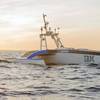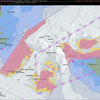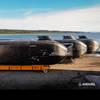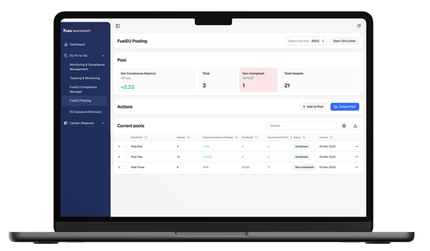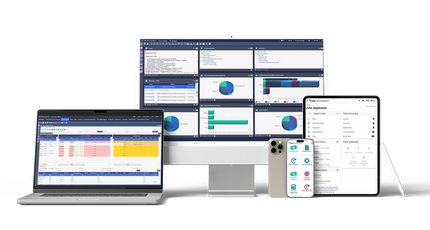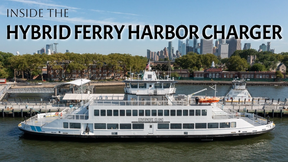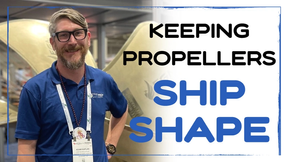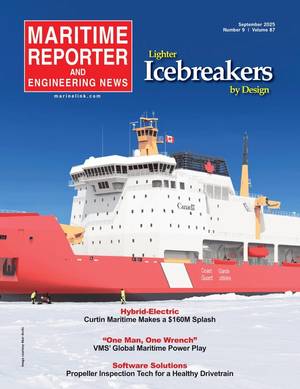New Navy UUV Master Plan Published
By Naval Sea Systems Command Public Affairs
The U.S. Navy has published a new Unmanned Undersea Vehicle (UUV) Master Plan, the first since 2000. The new plan will serve as a guide for the continued evolution of UUV technologies, increasingly critical components of the 21st century fleet.
The plan, completed late in 2004 and approved for publication in January, holds steady on course to develop UUVs' "signature" capabilities-maritime reconnaissance, undersea search and survey, oceanography, communication and navigation aid, and submarine track and trail. At the same time, the plan pushes back the technological boundaries to define a new set of capabilities that will be important going forward.
The Navy's new UUV Master Plan depicts four basic classes of tactical UUVs, which are to be developed over the next 10-15 years. These vehicle classes include Man Portable vehicles of three to nine inches in diameter; less than 100 pounds displacement. The class of Light Weight vehicles is characterized by UUVs of 12.75-inches diameter and 500 pounds displacement, with greater payload and endurance than Man Portable vehicles. Heavy Weight vehicles are characterized as 21-inches in diameter and about 3000 pounds displacement. Finally, Large Displacement UUVs would weigh in at about 10 tons displacement, significantly increasing payload and endurance capacities.
Concepts of operation, depicting how UUVs would be incorporated into fleet activity at the operational and tactical levels, are in development. The UUV Master Plan outlines general goals for UUVs as tools for gathering and acting upon information; for deploying and retrieving sensors; and for engaging targets. The Navy envisions UUVs taking on increasingly complex roles across the spectrum of littoral operations, including serving as intelligence, surveillance and reconnaissance collectors, performing mine countermeasures operations and participating in anti-submarine warfare.
UUVs already have been in service within the Navy, including Man Portable systems such as the Semi-Autonomous Hydrographic Reconnaissance Vehicle (SAHRV). Special Operations Forces, including the Navy's SEAL Teams, have used SAHRV to map underwater approaches in real world operating areas. Other variants of Man Portable UUVs have seen service with Explosive Ordnance Disposal teams, notably in mine countermeasures operations in the CENTCOM (US Central Command) area of responsibility.
Technology development highlighted in the new UUV Master Plan includes the 21-inches diameter Long Range Mine Reconnaissance System (LMRS) UUV and its follow-on, the Advanced Development UUV. These programs will help to reduce the technological risk associated with developing vehicles with greater capabilities, particularly the Advanced Development UUV in terms of its planned modular, open-systems architecture that will allow for advanced technologies to be incorporated in the future.



